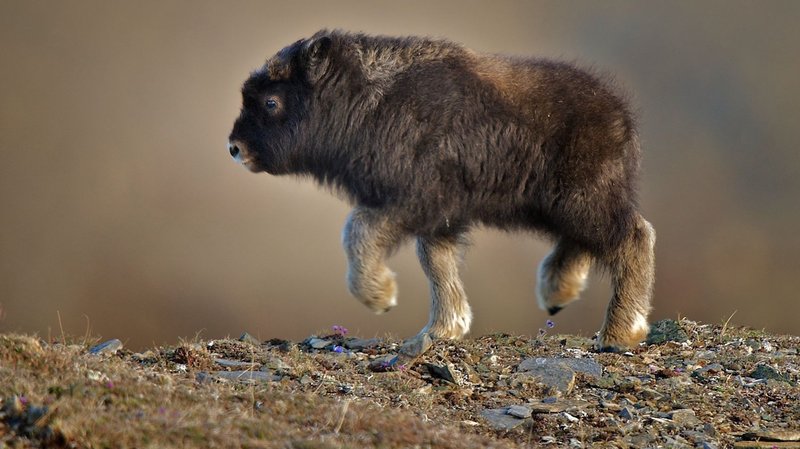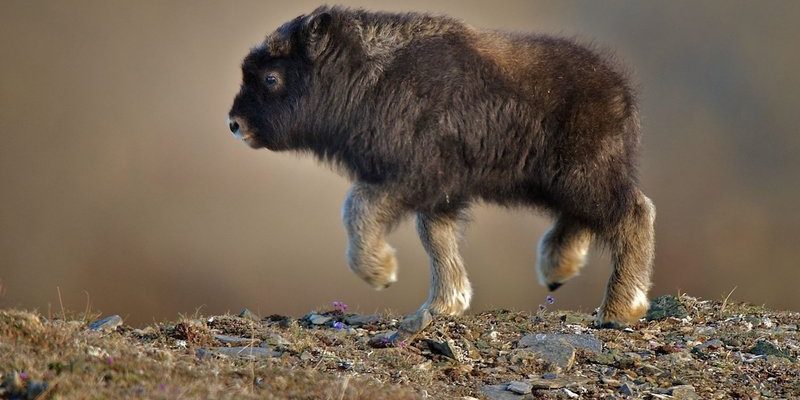
In this article, we’ll dig into how oxen manage to survive in harsh environments. We’ll explore their physical adaptations, social behaviors, and the roles they play in human agriculture. Plus, we’ll uncover why understanding these animals is important—not just for farmers but for anyone who appreciates the resilience of nature’s creatures.
Physical Adaptations to Extreme Weather
When you look at an ox, you might notice its thick skin and robust build. This isn’t just for show; these features help them manage extreme temperatures. For starters, their dense fur acts like a natural insulator, keeping them warm during harsh winters. Think of it like your favorite winter coat that traps heat when you go outside.
In addition to their fur, oxen have a layer of fat beneath their skin. This fat serves double duty by not only insulating against cold but also providing energy during lean times. In winter, when food options dwindle, this stored fat becomes crucial for survival. If you think about it, it’s a bit like how humans rely on reserves during tough times.
Their strong, sturdy legs are also essential. Designed for heavy lifting and long-distance walking, oxen can travel great distances in search of food and water. Their hooves are large and strong, which helps them maintain stability on rough terrain, whether it’s rocky ground or muddy paths.
Diet and Foraging Habits
You might wonder: what do oxen eat to survive in less-than-ideal conditions? These animals are herbivores, primarily grazing on grass, hay, and sometimes bark or branches when necessary. In harsher climates, they adapt their diet to whatever is available. They have a remarkable ability to digest tough plant matter, thanks to their complex stomach structure, which features four compartments. This adaptation allows them to break down fibrous materials efficiently, extracting as much nutrition as possible.
During winter or dry seasons, when fresh grass is scarce, oxen can use their powerful jaws to strip leaves off trees or shrubs. It’s a bit like scavenging for snacks when the fridge is empty. They are also known to consume some types of grains or supplements provided by farmers, which helps balance their diet and keeps them healthy.
Another smart strategy is their grazing behavior. Oxen are often seen grazing during the cooler parts of the day, like early morning or late afternoon. This helps them avoid the scorching sun, conserving energy and minimizing water loss.
Social Structures and Cooperation
Oxen are not lone wolves; they thrive in social groups. This social aspect is vital for their survival, especially in tough environments. When they stick together in herds, they can watch out for one another. If a predator approaches, they’ll huddle together, making it harder for the predator to single out any one animal. You could say their strength really lies in their collaboration.
Within these herds, oxen establish pecking orders. Older, more experienced oxen often lead the group to watering holes or better grazing areas. This knowledge transfer is essential, especially in varying environments where water sources may shift seasonally. Imagine a wise grandparent guiding their grandkids through a tricky neighborhood. That’s what older oxen do for their younger companions.
Moreover, their social bonds aren’t just about safety; they also provide comfort. Oxen groom each other and engage in playful behaviors to strengthen their camaraderie. This strong social network helps reduce stress, which plays a significant part in their overall health. So, when it comes to surviving harsh conditions, teamwork really does make the dream work!
Adaptations to Work in Agriculture
Oxen have been used for thousands of years in agriculture. Their lumbering strength makes them perfect for pulling plows and performing heavy labor. But how do they manage to work hard in challenging conditions? For one, they have a remarkable ability to adapt to various tasks, from plowing fields to hauling materials.
These animals are often trained from a young age, developing a bond with their handlers. This connection minimizes stress during work, allowing them to perform efficiently, even under tough conditions. Just like a well-rehearsed dance duo, oxen know their movements and cues, making their tasks look effortless.
Moreover, farmers often provide special care during extreme weather conditions. For instance, in summer heat, farmers might ensure they have access to shade and water. This symbiotic relationship between oxen and humans means that both can thrive, even when the environment isn’t ideal.
Heat and Cold Resistance
When temperatures soar or plummet, how do oxen cope? Their ability to handle extremes is remarkable. In the cold, their thick coats trap body heat, allowing them to stay warm. Farmers often notice that as the weather gets colder, oxen grow an even thicker layer of fur.
On the flip side, during hot weather, these animals have ways to cool down. They might seek shade or take a dip in water, similar to how we might relax by a pool on a hot day. Interestingly, oxen also sweat, but less than humans. Instead, they primarily rely on staying hydrated and seeking out cooler spots to manage their body temperature.
Another fascinating adaptation is their behavior during extreme temperatures. They might change their activity patterns, choosing to graze during the cooler parts of the day and resting during peak sun hours. This instinctive behavior not only helps them stay cool but also conserves energy for when it’s needed most.
The Role of Oxen in Sustainable Farming
In recent years, there’s been a growing interest in sustainable farming practices, and oxen are at the forefront of this movement. Unlike modern machinery, they have a minimal environmental footprint. They consume less fuel, can graze on land that might otherwise go unused, and even help with soil fertility through their manure, which acts as an excellent fertilizer.
Using oxen also allows farmers to work the land without compacting the soil as tractors do. This lighter touch can lead to healthier soil over time, making it a win-win situation. In a world increasingly focused on sustainable practices, oxen serve as a reminder of the benefits of going back to simpler, natural methods.
Farmers who use oxen report not just productivity advantages but a deeper connection to the land and their work. It’s like having an ancient partnership that brings both animals and people closer together.
Conservation and Awareness
As interest in sustainability grows, so does the need to protect these remarkable animals. Unfortunately, in many areas, their numbers are dwindling, primarily due to the rise of machinery in agriculture. This decline not only impacts oxen but also the ecosystems they help maintain.
Conscious efforts are underway to raise awareness about the importance of oxen in both agricultural practices and biodiversity. Initiatives aim to promote their use in farming, emphasizing that they are not just relics of the past but valuable assets for a sustainable future.
Let’s not forget that understanding how oxen survive in harsh environments increases our appreciation for them. It also challenges us to think about how we can support their role in agriculture and conservation. After all, wouldn’t it be great if future generations could also experience the strength and resilience of these wonderful creatures?
Oxen are more than just strong animals; they’re essential players in the ecosystems they inhabit. Their unique adaptations and social structures allow them to thrive in some of the harshest climates on Earth. By understanding how they navigate challenges, we can better appreciate their role in agriculture and sustainability.
As we move forward, let’s take a moment to celebrate these incredible creatures. They remind us that survival is not just about individual strength but also about community, cooperation, and a connection to the land. Whether you’re a farmer or simply someone who enjoys learning about nature, recognizing the resilience of oxen enriches our understanding of the world around us. So next time you see an ox, remember the intricate ways they adapt and thrive—it’s truly worth admiring!

